The year 2021 was marked by the expansion of 5G coverage to more cities. Further commercial deployments were to electrify not only telecommunications enthusiasts, but above all ordinary people. Thanks to the access to modern technology, they were to reap many benefits. Notel Poland experts powered with Infovista network testing software, decided to check the progress of 5G network development in Poland in terms of stationary users, carrying out measurements in a motionless state (the so-called Stationary Test).
Xiaomi Mi 11 measuring devices providing support for 5G services from all Polish telecom operators were used on board the measuring car. The specification of this equipment ensures that the capabilities of the 5G network being implemented in Poland are fully tested. Measurements were carried out in the so-called FreeMode – in which the measuring device uses the highest technology available in a given location (offered by the operator). In the absence of 5G coverage, the phone used LTE technology, thanks to which the collected data allows the assessment of next-generation network stability in the measured locations.
In the process of carrying out measurements, the focus was on uplink and downlink packet transmission. The HTTP protocol was used to measure download and upload speeds, which allows the maximum values of network throughput to be measured.
Notel experts visited 13 Polish cities and selected 150 locations known, frequented, and popular among tourists and residents of these cities, where stationary tests of mobile Internet speed were performed.
From all around Poland, they chose these tests to be performed in the busiest and most popular locations in the following agglomerations: Białystok, Upper Silesian Industrial Region, Cracow (Kraków), Łódź, Lublin, Olsztyn, Poznań, Radom, Rzeszów, Szczecin, Tricity (Trójmiasto: Gdańsk, Gdynia and Sopot), Wrocław.
Data download and upload tests – 5G only results
In stable radio conditions, download speeds achieved in 5G technology (NSA) for individual operators are satisfactory. It should be noted that, unfortunately, in the case of some operators the results were obtained with partial 5G coverage while performing tests in given locations.
In accordance with the measurement configuration, the phones performed tests in FreeMode using the highest available technology (offered by the operator), and the results presented above include 5G technology only.
It is worth noting that the average speed exceeded 240 Mbps only when testing in the Plus network. With a result of 240.5 Mbps, it has an advantage of 100 Mbps over the second operator in the ranking, T-Mobile. Orange came in third with a result of 103.8 Mbps, ahead of Play, which achieved a result of 88.8 Mbps.
The share of 5G technology in all tests is satisfactory, with the green operator (Plus) achieving the best result again. 97.1% of all tests in the measured locations were performed using the latest technology. The magenta operator (T-Mobile) is in second place again, with 55.5% of all tests performed using 5G. The speed score does not always go hand in hand with the share of the latest technology, which is confirmed by the higher share (42.3%) of the purple operator (Play) in 5G tests, as compared to the orange operator (Orange), which confirmed the use of 5G in 40.5% of tests.
When it comes to data upload, the speeds are correspondingly lower. The best result of 60.6 Mbps was achieved by T-Mobile, surpassing Orange with a speed of 53.3 Mbps. Play came third in our tests, reporting an average speed of 50.5 Mbps, while Plus closed the ranking with a result of 39.5 Mbps.
Data download and upload tests – Freemode
One of the most interesting statistics concerning stationary tests are the average download and upload speeds broken down by specific locations. The following summary shows measurement results in the so-called FreeMode.
During these analyses, our experts did not exclude any of the technologies, which is indicative of the subjective experience of the end user in urban space. Moreover, the graphs show the percentage distribution of individual technologies in the total number of tests performed. This is an actual visualisation of the 5G deployment status in each given city.
Looking at the average results in individual locations, Plus is the leader again – the highest average download speed in 5G translated into the highest speed values in all measured cities. It is worth noting that the share of 5G technology in all locations for Plus is practically 100%. The exception is Wrocław, where the highest number of locations without 5G coverage was reported – 92%, but it is still a more than satisfactory result.
The highest average data download speed was recorded in Szczecin, where Plus achieved a result of 301.3 Mbps. Szczecin proved to be the best place to use T-Mobile’s services as well, with an average data download speed of 171.6 Mbps. For the next operators, the best cities were Radom and Łódź, where Orange and Play achieved speeds of 147.3 Mbps and 146.8 Mbps, respectively.
In terms of the average data upload speed per city, the record holder is T-Mobile with the best average speed of 70.7 Mbps achieved in various tested locations across Łódź. For Orange, the situation is much more complicated – Łódź came in first again with a result of 65.4 Mbps. In the Play network, the files were sent the fastest in Bydgoszcz, achieving an average data upload speed of 64.4 Mbps. A phone using the Plus network achieved the best result of 46.3 Mbps in the Upper Silesian Industrial Region.
Summary of 5G deployment state in Poland 2021/2022
The measurement results show that the urban infrastructure of telecom operators in Poland is generally already prepared for the provision of data transmission services using 5G (NSA) technology. It is worth emphasising that this development is not uniform for all operators and there are locations with only partial 5G coverage. There are noticeable differences in the availability and speed offered between the measured cities, as well as locations within them. This may cause differences in the perception of the offered quality by users.
As a reminder, all operators in Poland offer users 5G aggregation with LTE in 5G Non-Standalone (NSA) mode. However, Polkomtel is currently the only one to use its entire 2600 MHz TDD (n38) band of 40MHz width for 5G technology. The remaining operators use dynamic sharing of their 2100 MHz (n1) band between LTE and 5G by using DSS (Dynamic Spectrum Sharing) technology.
Nevertheless, satisfactory results of data transmission speeds in 5G in the measured locations allow for an optimistic outlook on further development of the fifth generation network in Poland. Operators face the important task of reaching all users with the latest technology, not only in cities, but also in smaller towns.
1 comment


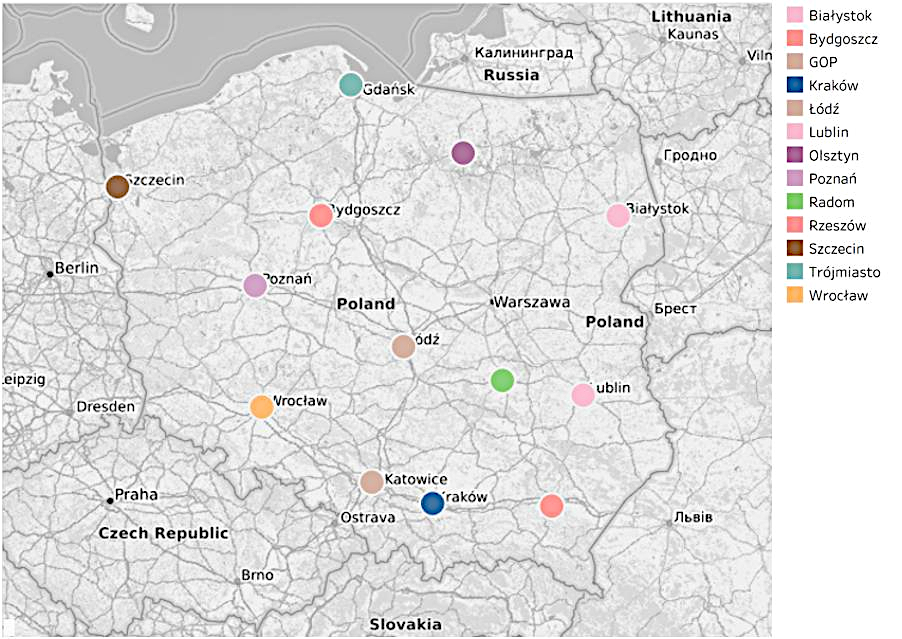
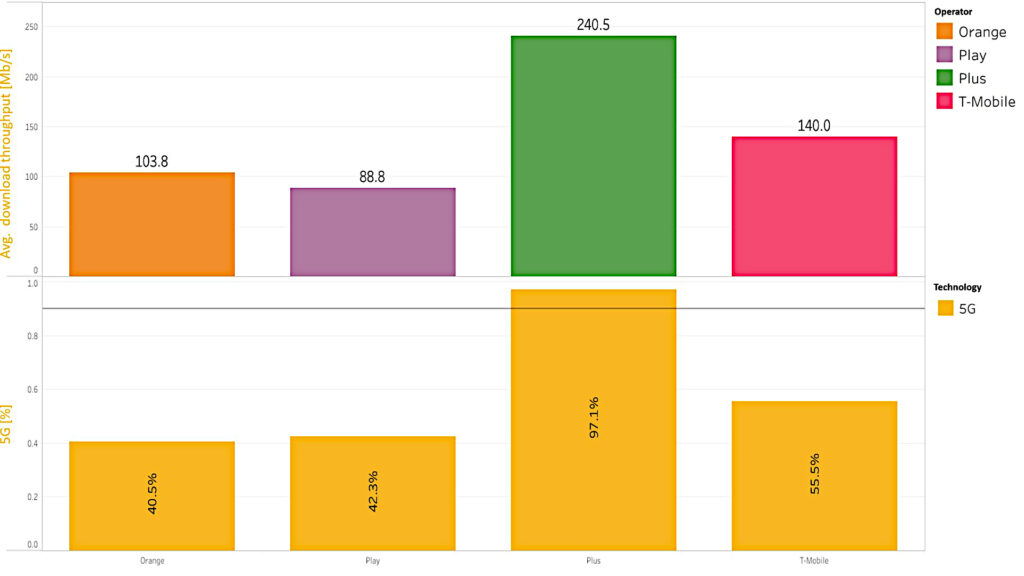
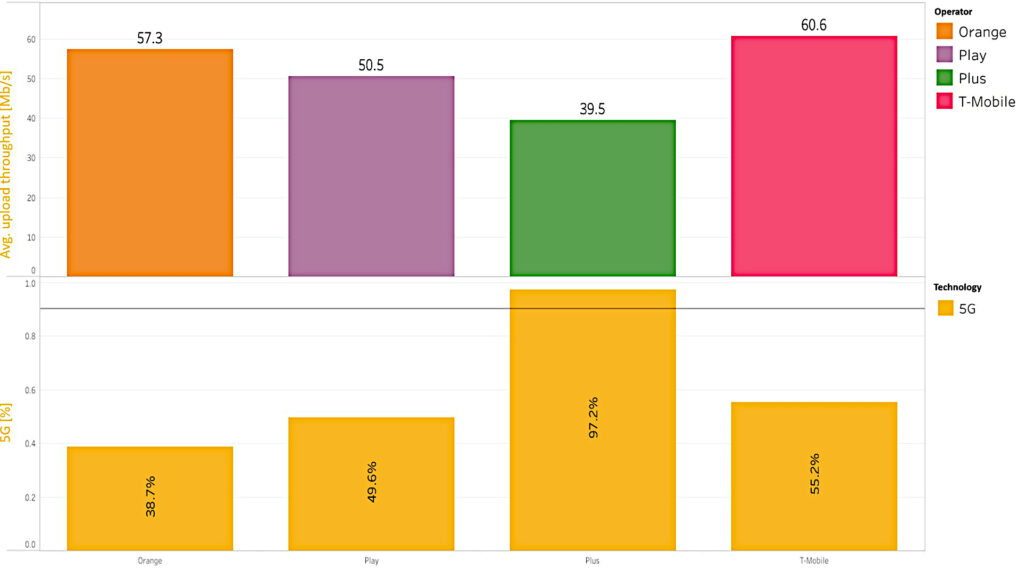
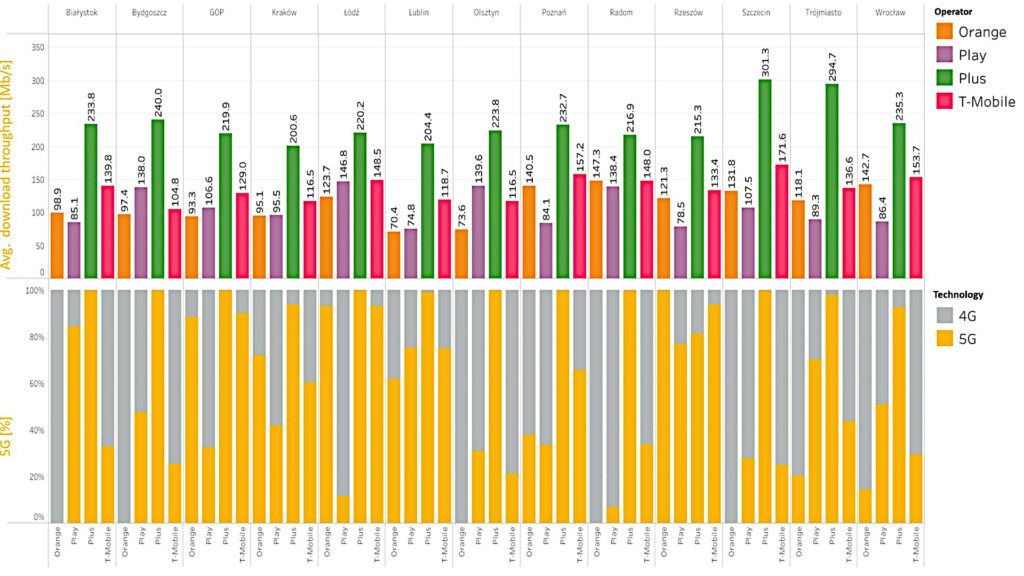
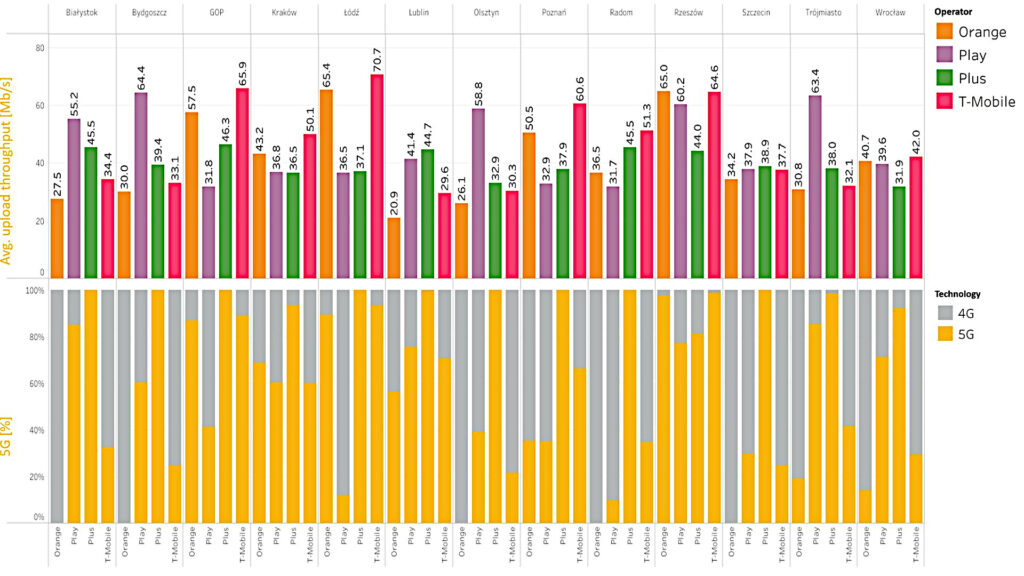

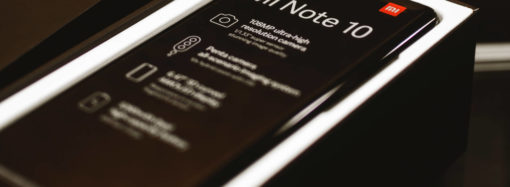





1 Comment
Bunchhuy
8 December 2023, 19:22Comment *
REPLY